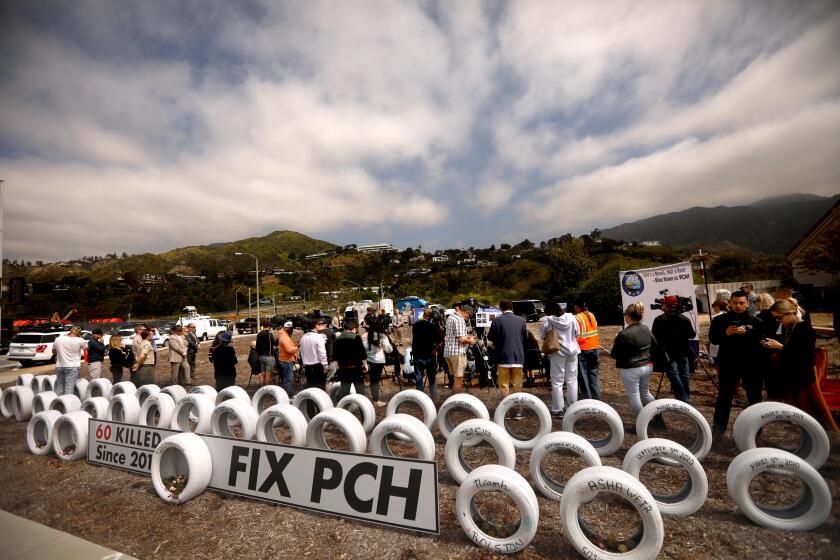UC San Diego gets $20 million to explore the biggest wild card in climate change — sea spray
UC San Diego is getting $20 million to more deeply explore one of the most difficult, crucial and least-understood questions in climate science:
How does the spray from breaking waves affect the formation and behavior of clouds, which in turn control the amount of sunlight that reaches the surface of a warming planet?
The National Science Foundation gave the university’s Scripps Institution of Oceanography $20 million in 2013 to begin studying the matter.
The agency recently added an additional $20 million to expand the project, which could help explain how climate change is influencing heat waves in California, droughts in the Midwest, and hurricanes such as Florence, now off the Eastern Seaboard.
A research team led by atmospheric chemist Kim Prather began the project by creating breaking waves in a tank and studying how the aerosols they threw off rose, mixed and factored into the formation of clouds.
The aerosols involve everything from salts to microbes to viruses, and represent very complex chemistry.
Prather is now moving into phase two, which involves studying how the aerosols are affected by pollutants, such as vehicle emissions, and such things as particles from wildfires.
“The aerosols influence the formation of clouds, which at any given time, cover two-thirds of the Earth’s surface,” said Prather, who runs the largest NSF project at UC San Diego.
“Yet there’s not a single climate model that can explain why those clouds are there. It’s the biggest uncertainty in all of climate science.
“We need to better understand aerosols.”
To help with that work, Scripps will soon build a 100-foot long, $4-million water flume to better simulate ocean waves.
The simulator “will take a piece of the ocean and simulate it, from polar conditions to tropical conditions,” said Grant Deane, one of Prather’s colleagues.
The machine, which will go into service in 2020 or 2021, also can create phytoplankton blooms to help scientists explore how pollution and greenhouse gases affect the climate.
“One of the great discoveries that we’ve had in the last 15 years is that all these things are connected,” Deane said has said previously. “The biology drives the chemistry, the chemistry drives the connection between the ocean and the atmosphere.”
Robbins writes for the San Diego Union-Tribune.
More to Read
Start your day right
Sign up for Essential California for news, features and recommendations from the L.A. Times and beyond in your inbox six days a week.
You may occasionally receive promotional content from the Los Angeles Times.







